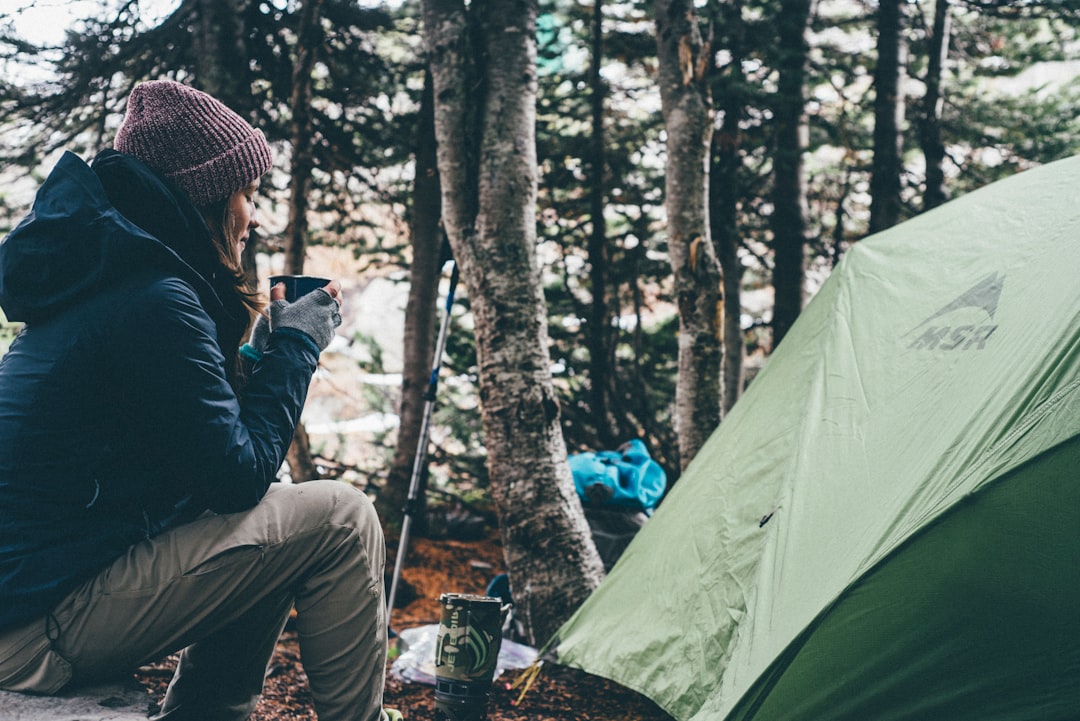- Outdoors
- Posts
- The Ultimate Sleeping Bag Guide
The Ultimate Sleeping Bag Guide
If you really want to show up on the trails, show yourself some love and find the best sleeping bag in your budget...
Finding the right backpacking sleeping bag is big.
How you sleep affects your body and your state of mind for the next day’s hike. If you really want to show up on the trails, show yourself some love and find the best sleeping bag in your budget before you head out for your next backpacking adventure.
Best Overall (Down):
Best Budget Down:
Best Synthetic:
Best Budget Synthetic:
Best for Extreme Cold:
Best Ultralight:
Best Quilt Sleeping Bag:
Grand Fiesta Americana Oaxaca
Vibrant culture, delicious cuisine and plenty to see and do, The Mexican city of Oaxaca is a hotbed of excitement! Get outdoors and take a walk around downtown to visit one of the vibrant local markets or impressive historic churches. Venture further into the city’s history by exploring the nature and scenery in the area. From ancient archeological sites like Monte Albán and Mitla, to challenging yourself with a hike to see Hierve el Agua, a petrified “waterfall” and natural springs, or visiting the nearby village of El Tule to see the world’s widest tree, adventure awaits you here!
*Please click and support our sponsors!
Choosing the right bedding for your outdoors adventure is a key decision, one that will impact your comfort, warmth, and happiness while you’re exploring new places.
There are several styles of sleep system out there. Will you go for the simplicity of a quilt or the cocoon-like embrace of a sleeping bag?
We’re here to break down the similarities and differences of both sleeping bags and quilts in terms of their usefulness for various outdoors experiences.
Let’s explore...
One of the key noticeable differences between a quilt and a sleeping bag is the design. A backpacking quilt has a simple structure that does not feature a hood.
It can be unzipped to create a traditional blanket shape and many campers like it for the fact you can move around and change positions in order to regulate temperature. There is often a drawstring at one end or both ends of the quilt that can be loosened or tightened depending on the conditions.
Sleeping bags come in several styles, but one of the most popular styles for camping and backpacking is the mummy bag. This cocoon-style sleeping bag usually features a zipper along one side or sometimes all the way around.
It is designed to keep the person’s body weight enclosed inside the bag, allowing for maximum warmth and coverage.
Both quilts and sleeping bags typically use down or synthetic insulation to provide warmth.
Quilts typically have insulation on the top side only, not on the underside. They are designed to be used with a sleeping pad (more on this later), which provides the extra insulation that you need.
Traditional sleeping bags provide insulation from all sides, including the top, bottom, and sides. They offer superior insulation compared to quilts, making them suitable for colder climates and winter camping.
Many sleeping bags with higher fill power down or advanced synthetic insulation provide exceptional warmth-to-weight ratios.
Budget sleeping bags usually feature synthetic insulation, made from polyester fibers. Synthetic insulation is water resistant, durable, and quick drying, which is useful for camping outdoors.
Down insulation keeps you very warm, but it can be a little more expensive. It is lightweight, compressible, and suitable for backpacking.
Learn more about down vs synthetic insulation.
To find the right sleeping bag for the conditions you will encounter, it’s important to check its temperature rating.
The sleeping bag manufacturer will note the lowest temperature that the sleeping bag should be used in, based on laboratory testing and standardized methodologies by European Norm (EN) and International Organization for Standardization (ISO).
It will also note whether it is a 3-season or a 4-season sleeping bag. Choose a sleeping bag with a temperature that matches or is slightly lower than the lowest temperature you will experience on your trip to ensure you stay warm enough.
Quilts typically do not follow the same temperature rating process as sleeping bags do. Quilts are more versatile and customizable in terms of insulation and coverage, so instead of a fixed temperature rating, brands often provide a temperature range.
This information is based on the materials used, the type of insulation, the fill power (for down quilts), and the overall design of the quilt.
It is important to take note of the weight and packed size if you are planning to use the sleeping bag or quilt on a backpacking trip, or if you will be carrying it for long periods of time.
Quilts are known for their lightweight and compressible nature. The absence of zippers and excess fabric make them easy to pack.
When choosing a sleeping bag, the weight and packability will depend on a few factors, including fill power, insulation, and shell material. Some sleeping bags may prioritize warmth over weight, which makes them a bit bulkier for packing. Ultralight sleeping bags offer the best of both worlds, saving you extra weight and keeping you cozy.
For both quilts and sleeping bags, you should consider choosing one that is easy to roll or stuff into a stuff sack. Check the dimensions and read reviews to find user experiences with packing the product.
FEEDBACK
How was the newsletter? |




